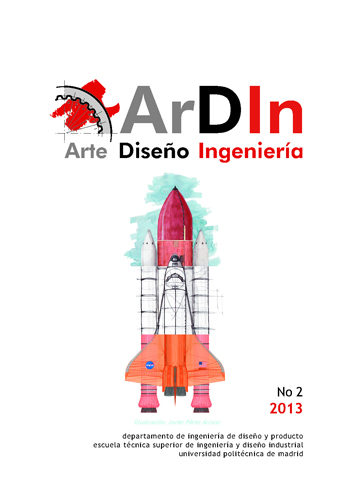Evolución en diseño y tecnología, en las unidades terminales de calefacción = Design and technology design in the terminal units of heating
Palabras clave:
radiadores, calefacción, diseño eficiente, heaters, heating, efficient designResumen
Resumen
Desde tiempos romanos se han utilizado calentadores para hacer más confortables los espacios habitados. El hipocausto romano, un tipo de radiador utilizado en la construcción, se encuentra descrito en el siglo XV a.C. Después de la caída del Imperio Romano, la calefacción volvió como chimeneas más primitivas durante casi mil años. El uso de vapor en las máquinas de potencia al comienzo de la Revolución Industrial y los conocimientos adquiridos en el manejo de fluidos fue un avance significativo. Más tarde, el vapor fue sustituido por el agua y el carbón y la madera por gas. El radiador de calefacción que contribuyó de manera significativa a los sistemas de calefacción central moderna fue inventado por Franz San Galli en una forma temprana , entre 1855 y 1857. Joseph Nason y Robert Brigss también diseñaron y produjeron un radiador utilizando tubos de hierro forjado verticales atornillados en una base de fundición de hierro en 1863. El progreso en los últimos años en esta técnica es el responsable de las instalaciones de calefacción y calentadores modernos. Hoy en día, han experimentado una evolución desde simples diseños funcionales sin preocuparse por aspectos estéticos, hasta nuestro tiempo en que se exigen nuevos diseños más estéticos y eficientes.
Abstract
Since Romans times heaters have been used to make more confortable the inhabited spaces. The Roman hypocaust, a type of radiator for building space heating, was described in 15 AD. After the collapse of the Roman Empire, heating reverted to more primitive fireplaces for almost a thousand years. The use of vapour in the power machines at the beginning of the Industrial Revolution and the knowledge gained in the fluid handling was a significant progress. Later on, the vapour was substituted by water, and the coal and wood by gas. The heating radiator that significantly contributed to modern central heating systems was invented by Franz San Galli in an early form, between 1855 and 1857. Joseph Nason and Robert Brigss also designed and produced a radiator using vertical wrought iron tubes screwed into a cast iron base in 1863. The progress during the last years in this technique is responsible of the modern heating installations and heaters. Nowadays, they have experienced an evolution from mere functional designs, lack of aesthetics, until now where new designs more aesthetic and efficient are demanded.
Descargas
Descargas
Publicado
Número
Sección
Licencia
- Los autores conservan los derechos de autor y garantizan a la revista el derecho de una Licencia Creative Commons Atribución - Nocomercial 4.0 Internacional (CC BY NC ND) que permite a otros compartir el trabajo con un reconocimiento de la autoría y uso no comercial.
- Los autores pueden establecer por separado acuerdos adicionales para la distribución no exclusiva de la versión de la obra publicada en la revista (por ejemplo, situarlo en un repositorio institucional o publicarlo en un libro).
- Salvo indicación contraria, todos los contenidos de la edición electrónica se distribuyen bajo una licencia de uso y distribución “Creative Commons"













